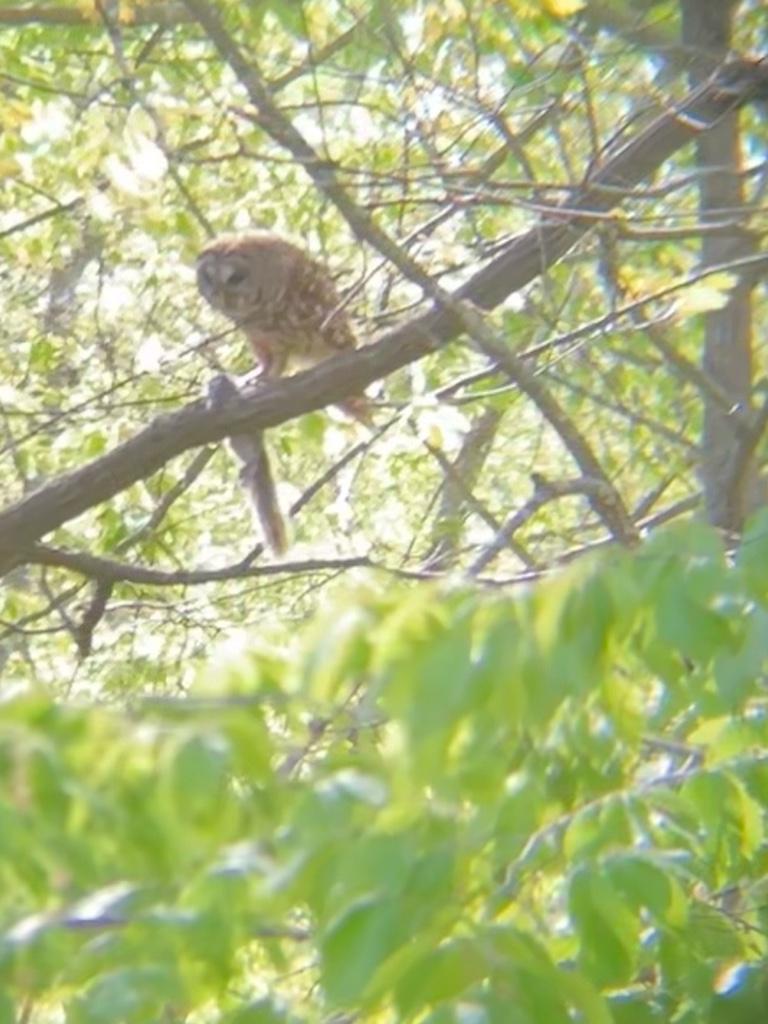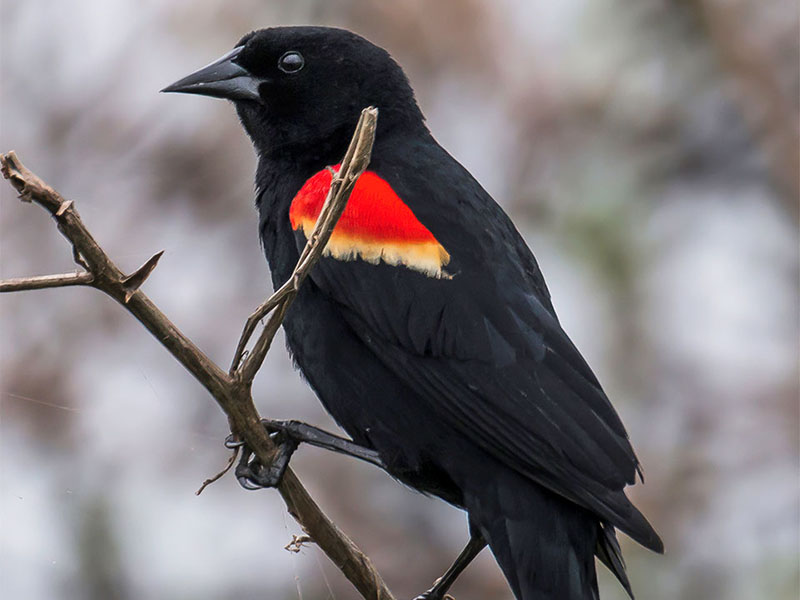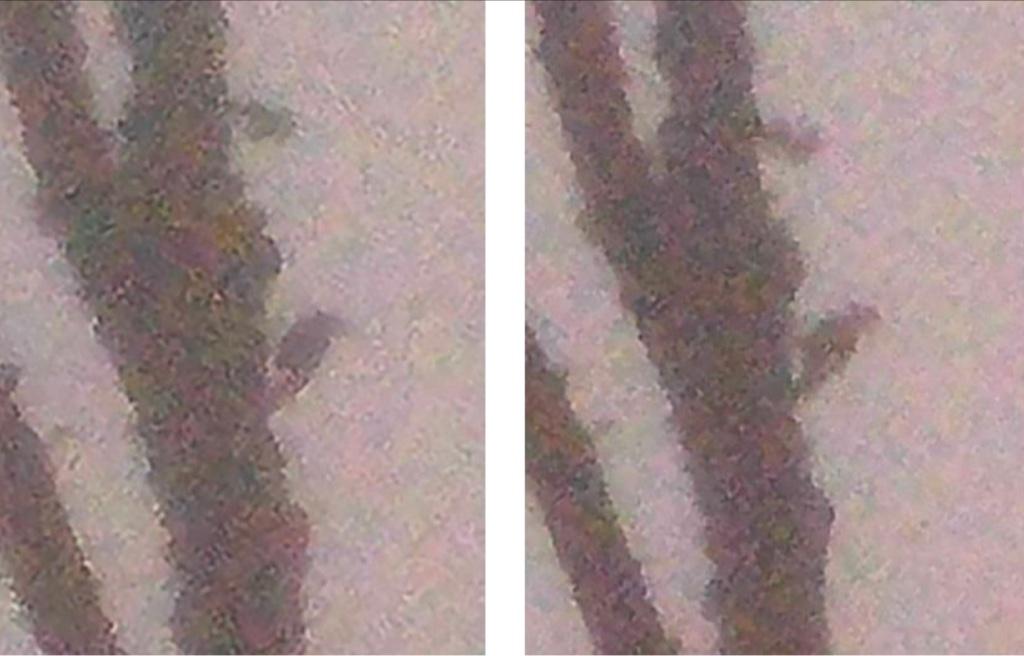TimmyClutch
Well-known member
Birdman, if you had to pick one owl to be the Superb owl, which would it be? Would it be the Great Horned Owl? Would this be the most Superb Owl.
Birdman, if you had to pick one owl to be the Superb owl, which would it be? Would it be the Great Horned Owl? Would this be the most Superb Owl.

The barred owl family is back in the yard. Caught this one eating lunch. Took the photo with my phone through binocular lenses.

How long do bluebirds live birdman? Do they mate for life?
Blue birds do not live that long. Only ~15% survive their first year, and once they make it though their first year, about 60% survival annually. So, if they make it through the first year their Life expectancy is about 3-4 more years. Apparently they do form pair bonds that last multiple seasons but evidence suggests they frequently play around. About 20% of babies in a nest have a different father than it’s nest mates.

We moved into our house about a year ago. A few days ago, we noticed some new birds at our very active birdfeeder. A couple of male red-winged blackbirds who, I assume, are staking their claim to the marsh that is a few hundred feet behind our house (and the females that may take up residency).
I'd post pics, but I've been terrible at getting any good ones.
We also had our first hummingbirds of the spring in the past week.
ETA: Not my pic, but they look like this... It looks more bright orange than red to me, but I suck at colors.

The red color is apparently an indicator of health. The more yellowy the color the less healthy and the redder the more healthy. The red colors come from carotenoid pigments which are complex proteins that are difficult to produce and serve no purpose other than decoration, so if you have the excess food resources and energy to produce a pretty colored useless protein it serves as a signal to females that you are good at getting food or have a good territory and likely produce higher quality off spring. The redder males get more babes and babies. This is the patter for most bird species that have red colorations, like house finches, cardinals, etc.
Feels like I've seen them and the Blue Jays get into it a little bit already.
The local cats will continue to keep everyone in line, I'm sure.
We moved into our house about a year ago. A few days ago, we noticed some new birds at our very active birdfeeder. A couple of male red-winged blackbirds who, I assume, are staking their claim to the marsh that is a few hundred feet behind our house (and the females that may take up residency).
I'd post pics, but I've been terrible at getting any good ones.
We also had our first hummingbirds of the spring in the past week.
ETA: Not my pic, but they look like this... It looks more bright orange than red to me, but I suck at colors.


